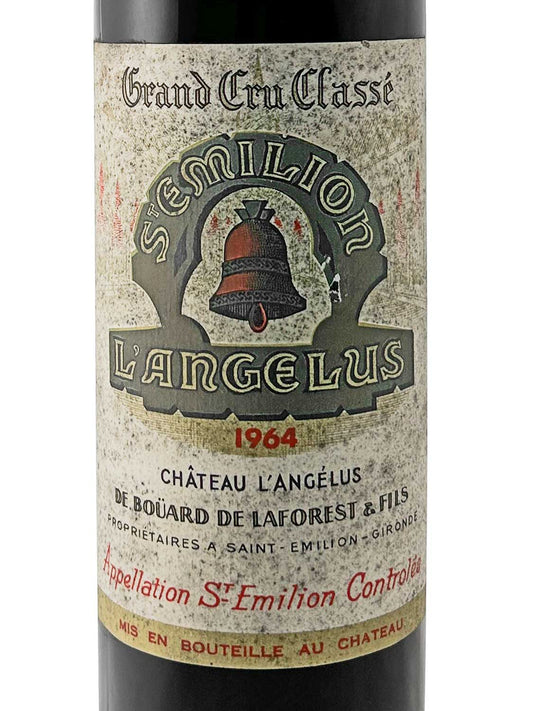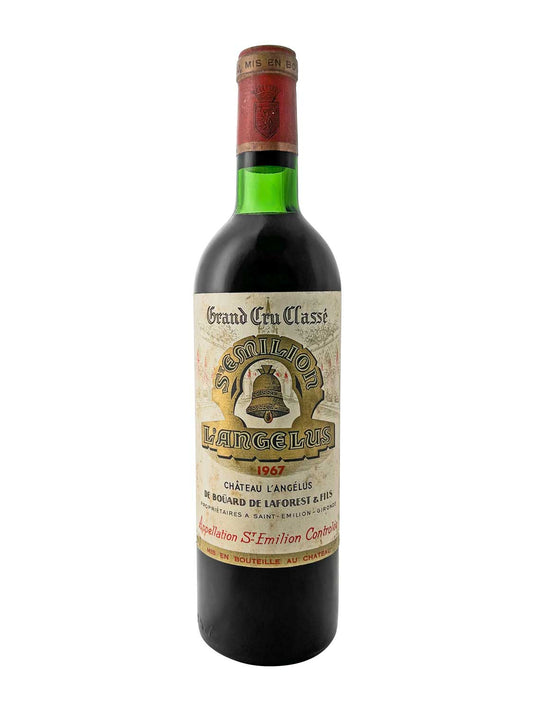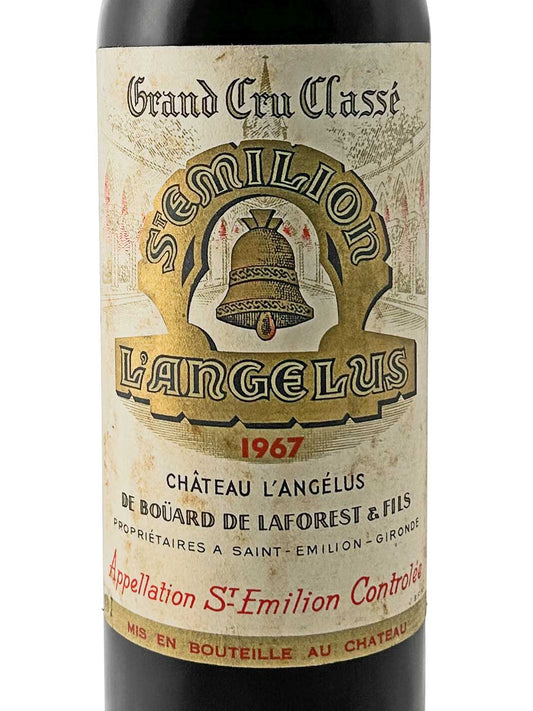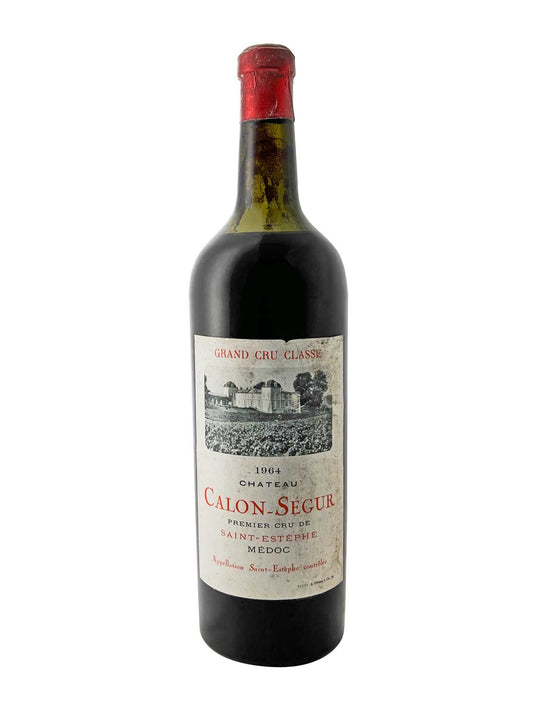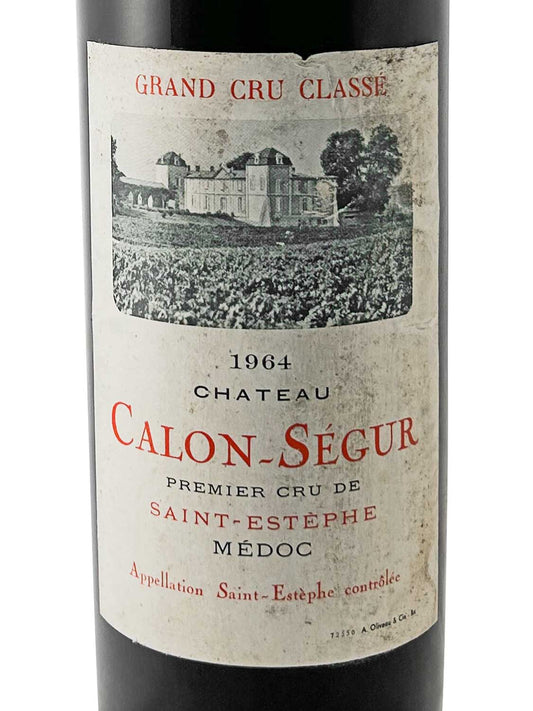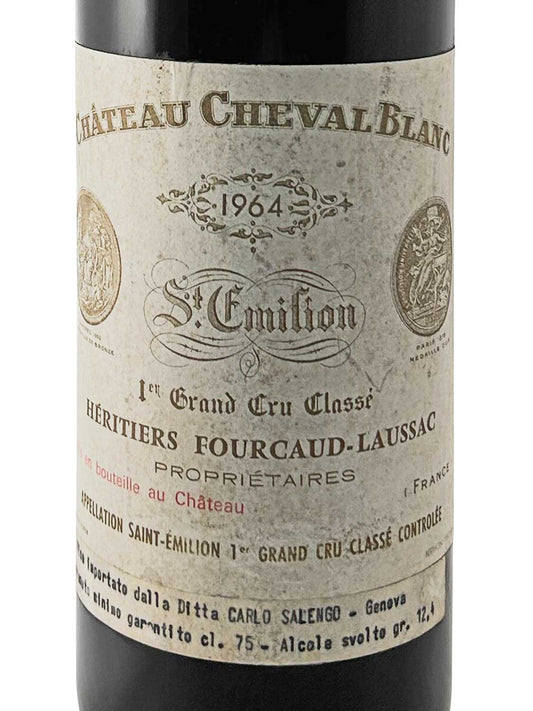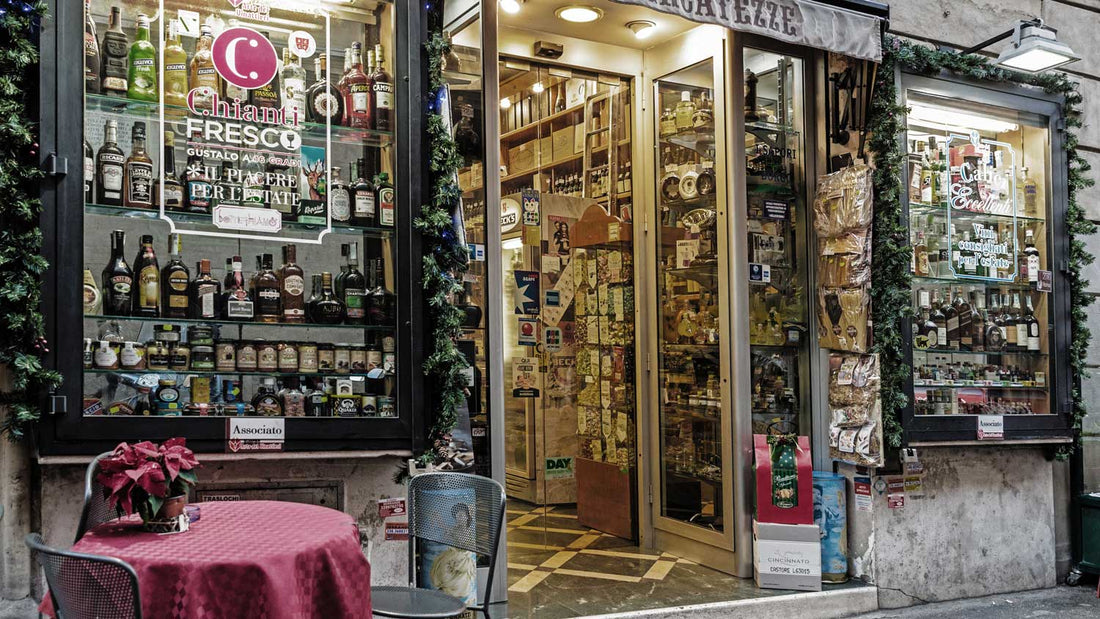
Risk: Buying wine in the shop window
The Dangers of Buying Wine in a Wine Shop Window
Buying wine can be a challenge, especially when browsing in a wine shop. Often you'll see tempting bottles in the window, beckoning you to snap them up right away. But buying wine from the window comes with some risks and dangers that many wine collectors may not consider. In this blog post, we'll explore the various dangers associated with buying wine from the window.
Also read: Buy wine from a winery or a wine shop?
1. Light sensitivity of the wine
One of the biggest dangers of buying wine from a shop window is the wine's sensitivity to light. UV light can damage the wine and significantly affect its quality. If bottles are left in direct sunlight or bright artificial light for long periods of time, they can become "photodamaged." This often results in an unpleasant smell and a flat taste - characteristics that are undesirable in a high-quality wine.
Most winemakers and wine merchants are aware of this problem and therefore store their wines in dark cellars or light-protected wine refrigerators. So if you see a wine in the shop window, there is a risk that it has already been damaged by the light.
2. Temperature control
Another important aspect of buying wine is temperature control. Wine should ideally be stored at consistent temperatures – between 10 and 15 degrees Celsius for red wines and slightly cooler for white wines. However, temperature fluctuations can occur in the shop window, especially when the weather changes or when the store's heating or air conditioning is turned on.
Also read: Guide: How long can you store white wine?
These temperature fluctuations can negatively affect the wine's aging process and cause the wine to age more quickly or even oxidize. A well-aged wine has complex flavors and a balanced structure; a poorly stored wine, on the other hand, can be flat and undrinkable.

3. Lack of information about the condition of the wine
Wine bottles in the shop window are often not optimally protected and can collect dust or be affected by external influences such as changes in temperature and light. In addition, there is no way to check how long the bottle has been there.
Some wine merchants may have set up special rotation systems for their stocks, but the risk remains that the wine in the window is older than expected or has been stored in suboptimal conditions.
4. Pricing
Wine prices can vary greatly depending on the vintage, region and quality of the product. Often, wines displayed in the window are more expensive than comparable products inside the store or in other shops. This is because retailers may try to highlight their best products or charge a premium due to visibility.
In addition, some bottles may have been left in the window for a longer period of time and therefore no longer have their original value - which means you may end up paying more than necessary.
5. Emotional purchasing decisions
Window displays are designed to attract attention and entice shoppers to act impulsively. If you walk past a wine shop and see an appealing bottle of wine, you might make an impulse purchase - without really thinking about it or doing any research on the wine.
Emotional decisions when buying wine can lead you to choose a bottle that does not meet your expectations or is simply overpriced.

6. Quality differences
Not all wines are created equal; some bottles in the window may be inferior products or from less prestigious vintages. While some retailers want to showcase high-quality wines, others may use the window to display remaining stock or less sought-after varieties.
Without expert advice, buyers run the risk of making a bad deal or choosing a wine that does not meet their needs.
7. Long-term impact on the collecting experience
Collecting wine should be a positive experience - from purchasing to storing! However, making a bad purchase (e.g., purchasing a light-damaged or poorly stored wine) can mean wasted space in your wine cellar and lost money.
Also read: How old can wine get?
A disappointing wine can make you skeptical about future purchases in a wine shop or even stop buying from a wine shop altogether - which would be a shame considering the variety of great wines and the expert advice!
Conclusion
Displaying wine in a wine shop window may trigger an impulse purchase, but there are numerous dangers to consider: from light and temperature damage to a disappointing buying experience, there are many factors to consider.
Instead, you should take your time when buying wine: Visit the interior of the wine shop! Take the opportunity to taste the wine and get advice from experts - this way you can be sure that your next bottle of wine will be of high quality!



